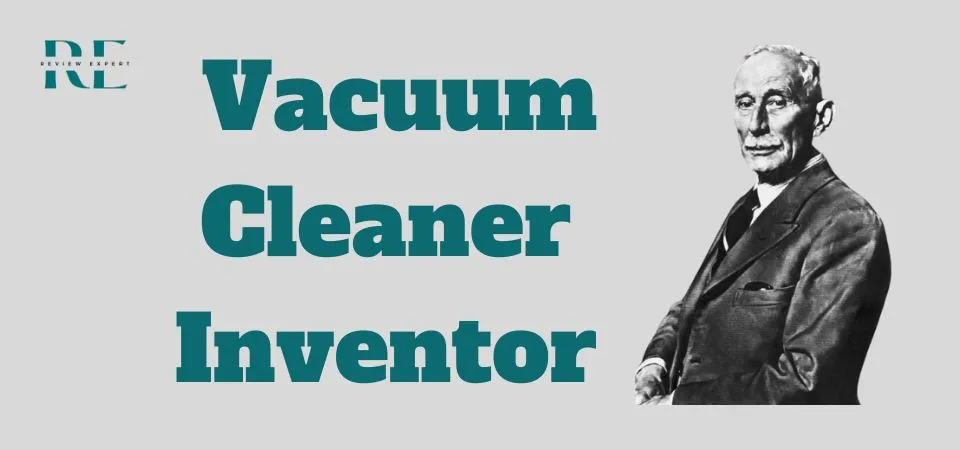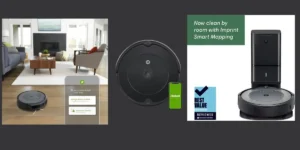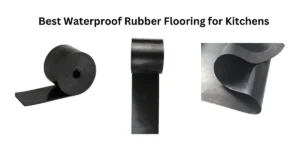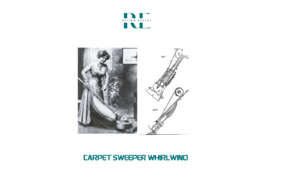The vacuum cleaner has revolutionized home and industrial cleaning since its invention over 150 years ago. We now take vacuums for granted, but originally have you ever wondered – who invented the vacuum cleaner? The vacuum cleaner is now an indispensable home cleaning appliance found in millions of houses worldwide. The vacuum cleaner has come a long way since its humble beginnings in the 19th century. Numerous inventors contributed innovations that transformed vacuums into the essential household cleaning appliances we know today. Here is a look at some of the key milestones in the development of vacuum cleaner technology over the decades:
The Complete History of the Vacuum Cleaner
Welcome to a household appliance journey through time, exploring the remarkable history of vacuum cleaners that has shaped the way we maintain cleanliness in our homes. Over 150 years of innovation unfolds, starting in the 19th century and leading to the sophisticated cleaning companions we have today.
In our in-depth exploration, The Evolution of the Vacuum Cleaner: A History of Ingenuity and Innovation we will delve into the stories of inventive minds, breakthrough technologies, and the societal changes that have transformed the humble vacuum cleaner into an indispensable household tool. Join us as we uncover the intricacies and significant milestones in the dynamic history of the vacuum cleaner.
The Invention of the First Manual Sweepers: A History of “carpet sweeper”
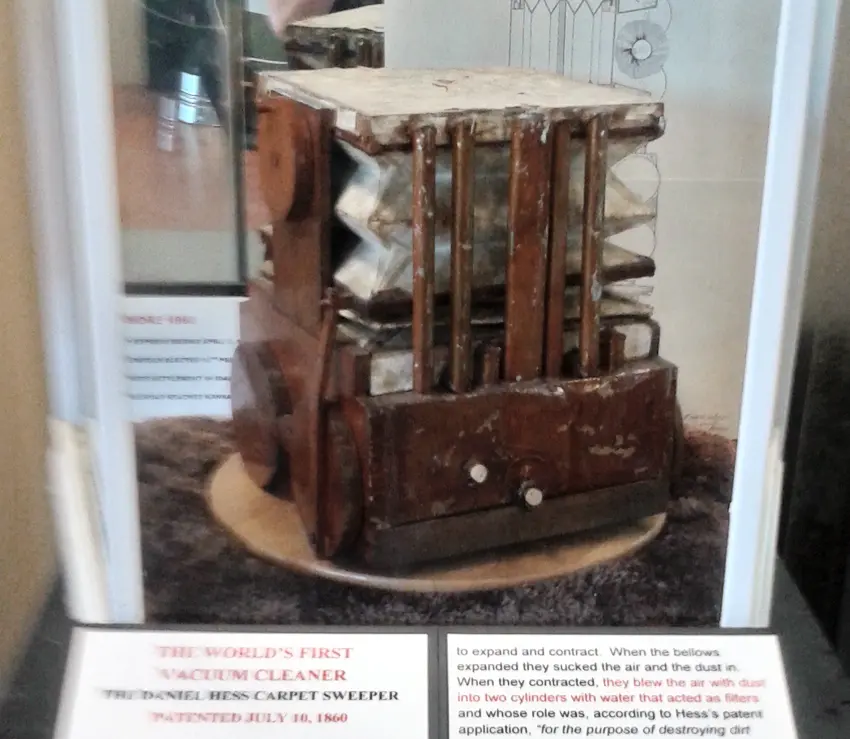
Before motorized vacuums emerged, people relied on manual sweepers to care for carpets and floors.
- In 1860, Daniel Hess obtained the first patented design for a manual vacuuming apparatus known as the “carpet sweeper”.
- I.W. McGaffey engineered an improved enclosed dust-sweeping contraption called the “Whirlwind” in 1869.
- Melville Bissell developed the first portable carpet-cleaning mechanism with bristle brush rolls in 1876.
- Manual floor-cleaning aids were pushed by hand and ideal for contained surface areas.
- Prominent manufacturers like Bissell controlled the residential carpet-sweeping product market in the late 19th century.
- Numerous styles of hand-powered floor-cleaning devices were available by the 1890s.
- Well-known early models were the Grand Rapids and Baby Bissell sweepers.
Manual dust-gathering appliances continued to be utilized alongside motor-driven vacuum cleaners in the early 20th century.
Early Vacuum Innovations: History of First Powered Vacuum
The first powered vacuuming devices emerged at the turn of the 20th century, progressing beyond manual carpet sweepers. In 1901, British engineer Hubert Cecil Booth constructed the inaugural motorized vacuuming apparatus utilizing an oil engine for suction power. However, Booth’s 300 lb device was mounted on a cumbersome horse-drawn carriage, lacking portability.
Portable electrically-powered vacuuming inventions soon emerged, including the 1907 Kenmore canister vacuum, which used a bellows for suction. James Murray Spangler then pioneered the 1908 upright vacuum dust-sucking contraption, which later evolved into the esteemed Hoover Company. These early unwieldy motor-driven vacuum cleaners generated suction using noisy internal combustion engines or external motorized fans. But weight and size limited practical home use.
Key milestones in early motorized vacuum history include:
| Year | Inventor | Details |
| 1901 | Hubert Booth | First motorized vacuum, mounted horse-drawn carriage |
| 1907 | Kenmore | Canister vacuum with bellows for suction |
| 1908 | James Spangler | Upright electric vacuum, founded Hoover Co. |
Portable electrically-powered vacuuming devices continued improving in the 1910s and 1920s, eventually making them practical for mainstream residential use.
Making Vacuums Portable
In the early 20th century, vacuum cleaner history reached a major turning point as inventors focused their efforts on transforming bulky machines into compact devices for convenient home use.
Critical innovations like miniaturized motors, lightweight materials, and efficient designs enabled the creation of the first truly portable electric vacuums. No longer constrained to fixed installations or cumbersome carts, these smaller vacuums could be easily moved room-to-room to clean wall-to-wall carpeting.
Key portable vacuum milestones included the 1919 Hoover Model O upright, which introduced many homes to vacuuming through door-to-door salesmen. Other revolutionary portables like the 1920 Vacuette and Newcombe’s cleaners in the 1920s turned vacuums into common household essentials.
Improving Suction and Filtration
As vacuum cleaners entered the mainstream in the early 20th century, inventors sought ways to enhance suction power and filtration. Stronger suction enabled deeper carpet cleaning, while improved filters purified exhaust air.
Key milestones included the 1930 introduction of cyclonic separation by British engineer Thomas Sumner. This spinning air approach boosted suction efficiency. Later pioneers like James Dyson perfected cyclonic technology for high-powered bagless vacuums.
Other breakthroughs improving performance were disposable bags to contain dust and High Efficiency Particulate Air (HEPA) filters to purify microscopic particles. Centralized vacuum systems also emerged to filter dust outside the home. These incremental advances in motor power, suction design, and filtration transformed early vacuums into the powerful cleaning appliances known today.
Specialty and Robotic Models
Later vacuum advancements include handheld models, central vacuum systems, robotic vacuums like the 2002 Roomba, and cordless stick vacuums. With increasingly specialized features, vacuums can now handle almost any cleaning task.
The Five highlighting Inventors of vacuum cleaners
The vacuum cleaner developed from a novel invention to an essential home appliance through the innovative work of pioneers in the 19th and early 20th centuries. Their inventions transformed mundane floor cleaning from a laborious, time-consuming task into a quick and convenient process with the flip of a switch. This progress was made possible by the insights and perseverance of vacuum pioneers including Daniel Hess, Hubert Cecil Booth, James Murray Spangler, John W. Newcombe, and others. Their pioneering contributions to vacuum technology deserve recognition for making vacuuming an integral part of modern household cleaning.
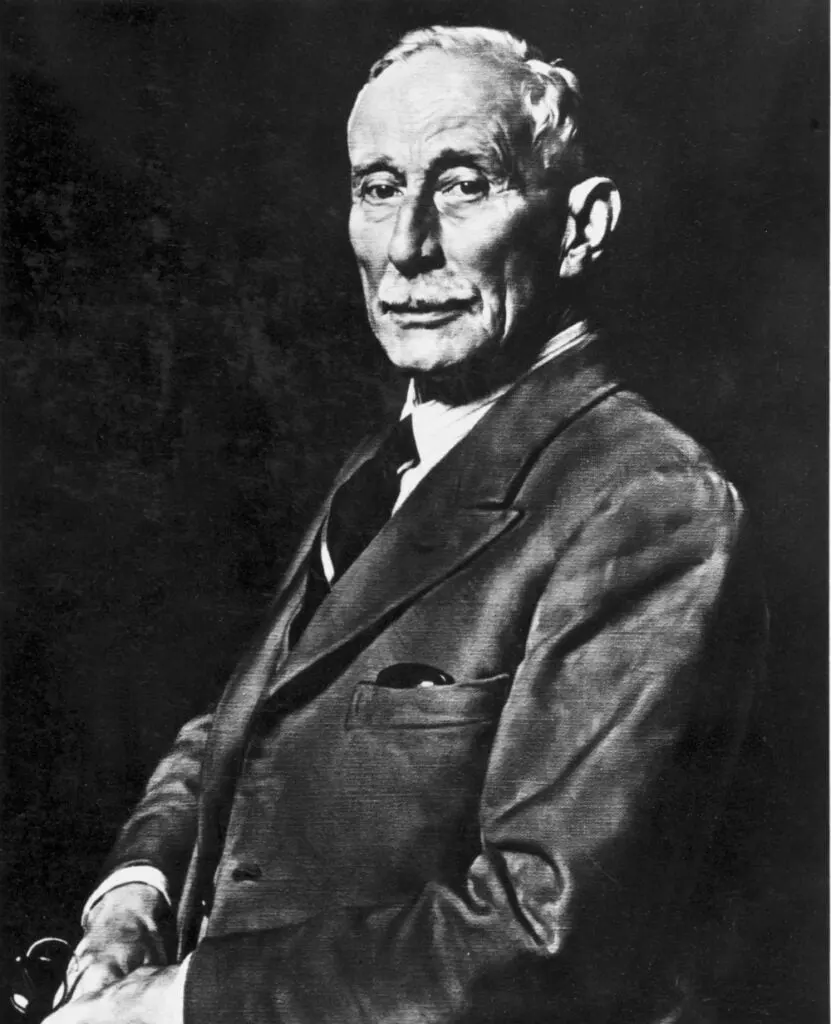
Hubert Cecil Booth – The First Vacuum Invented
British engineer Hubert Cecil Booth conceived the first vacuum cleaner in 1901 after seeing a demonstration that used air suction to remove dust. Booth created a large gasoline-powered machine mounted on a horse-drawn carriage able to suck dust through long hoses. Despite weighing over 300 pounds, Booth’s vacuum became popular for cleaning theaters and large buildings. Though not portable, Booth’s vacuum pioneering suction cleaning and set the stage for 20th century home models. He founded the British Vacuum Cleaner Company in 1911 to commercialize his invention.
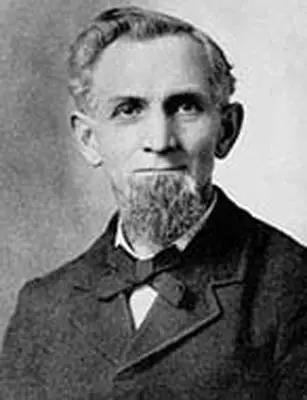
James Murray Spangler – Portable Electric Vacuum Invented
An American department store janitor, James Spangler invented the first portable electric vacuum cleaner in 1907 using a soap box, electric motor, broom handle, and pillow case. Unable to afford the $60 price of an electric “Suction Sweeper,” he engineered his own motorized vacuum as an affordable alternative. Spangler received a patent in 1908 and later sold the rights to William Hoover, founding the Hoover vacuum company. Spangler’s lightweight electric vacuum bearing his name revolutionized vacuum design for residential use.
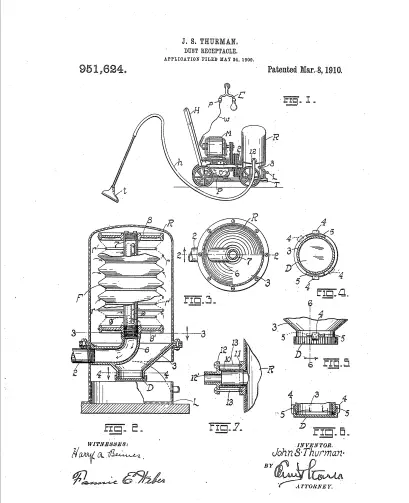
John W. Newcombe – Bringing Vacuums Home
In the 1920s, inventor John W. Newcombe formed the Newcombe Manufacturing Company and engineered improved portable electric vacuums for widespread home use. Newcombe’s vacuums introduced useful features like a dust bag and attachments. His Model 33 vacuum sold for $33, undercutting competitors and popularizing vacuums in American households. Known as the “Henry Ford of the vacuum industry,” Newcombe made vacuums affordable and accessible.

James Dyson – Bagless Breakthroughs
British inventor Sir James Dyson is best known for pioneering cyclonic separation technology used in bagless vacuums. Frustrated by the loss of suction in bag vacuums, Dyson developed over 5,000 prototypes before launching the breakthrough G-Force vacuum utilising cyclone technology in 1983. Dyson Ltd. became one of the most successful vacuum brands globally.
Dyson’s dual cyclone vacuums made bagless vacuums with constant powerful suction possible.
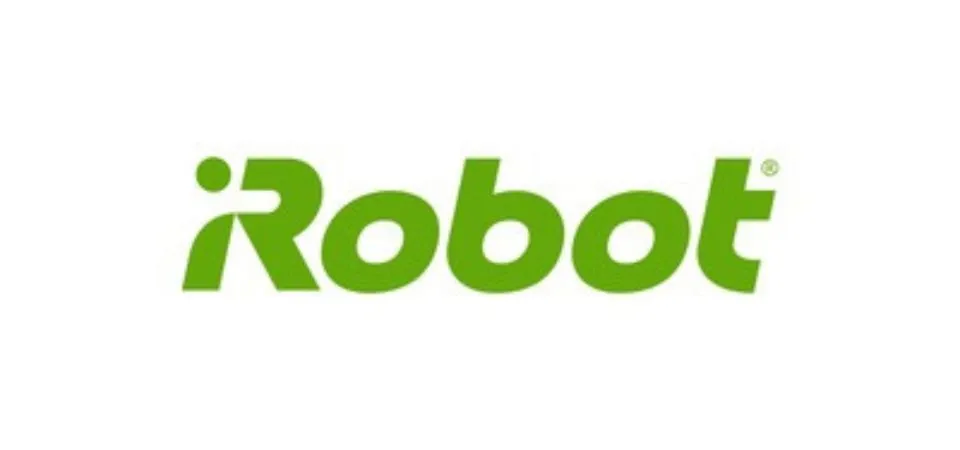
IRobot – The Dawn of Robotic Vacuums
Founded by MIT roboticists, iRobot launched the Roomba in 2002 – the first commercially successful automatic robotic vacuum cleaner. Using sensors and programs to autonomously vacuum without human input, the Roomba initiated the category of robotic home vacuums. Over 30 million units have been sold. The Roomba demonstrated the potential of automation and AI in home appliances.
perfection by vacuum cleaner inventor
Today we are using vacuum cleaners variety of shapes and sizes, from Carpet sweeper to robotic vacuums that can clean your home automatically. Behind all those technologies, the basic principle is vacuum cleaners retain the same suction and filtration. So finally the highlighted name is Hubert Cecil Booth.

